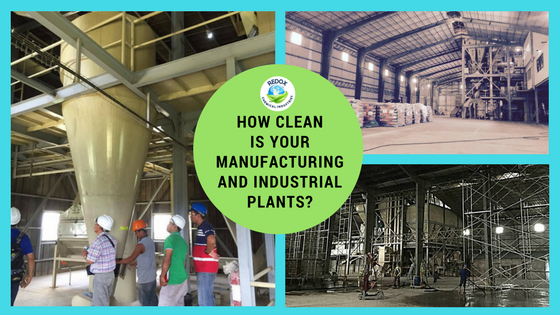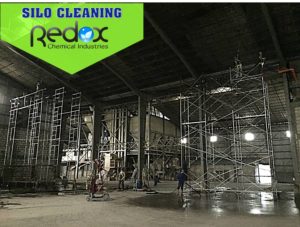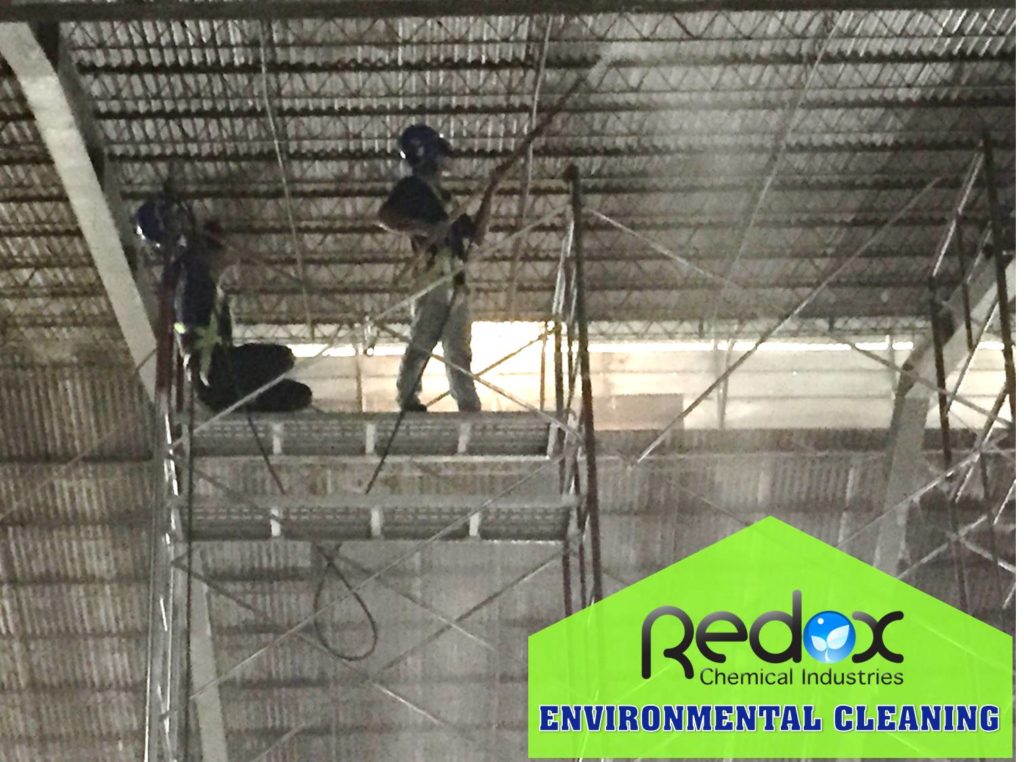
Manufacturing and industrial plants require sufficient and efficient sanitation practices in place to ensure that all equipment used is in good working condition to avoid contamination of products that can result to shorter shelf life, loss of sales, and risk of being penalized for non-compliance to safety and sanitation practices. Cleaning practices should not be limited to the interior of the plant alone but they should also include the exterior of the building. Without proper sanitation practices for the exterior of the plant, the company is putting its sewage disposal, waste disposal, and water supply at risk. This can also mean that they won’t be able to meet the sanitation of manufacturing for Halal and FDA requirements.
How to Develop Effective Cleaning Procedure
Industrial and manufacturing companies should create an effective cleaning program based on the specific area that needs to be cleaned. The cleaning program should be adjusted as needed. To create a cleaning procedure, you can follow these tips.
- Set standard cleaning regulations – Consider customer requirements, best practice based on your industry, legislation, etc. The risk assessment must include the prevention of contamination from items used before as well as addressing possible allergens, chemicals, and microbiological factors.
- Create draft procedures – All equipment, areas, and items should be included in the list of cleaning procedure. Take into consideration the order of cleaning to minimize contamination during cleaning.
- Validate – It is important to validate the draft procedures to ensure that all sanitation conditions are met.
- Finalize procedures – All procedures should be finalized including documentations and record keepings.
- Train staff – Staff should be trained on proper cleaning procedures to ensure that the machines will be handled properly and that no surface is left out.
- Monitor regularly – Once cleaning program is up and running, cleaning processes should be monitored on a regular basis.

Methods of Determining Cleanliness
There are several methods applicable to verifying if the equipment is free of contaminants. Here are some methods to consider.
- Visual assessment – Visual assessment is applicable to determine if there are any visible residues on the surface or parts of the equipment. This method is best paired with another testing method as it may not be reliable at times.
- Swabbing – Although the surface of an equipment is visually clean based on initial assessment, there are microorganisms or contaminants that may still be present. Swabbing is the best course to take. The surface is swabbed using a cotton pad or cotton swab that is dipped in a solution that can extract residual ATP or adenosine triphosphate and placed in a tube that contains luciferase before the luminometer can go into action.
- Luminometers – Luminometers use bioluminescence to determine if there are possible contaminants. When residual ATP is present, the luminometer can show Warning or Fail sign.
What is Deep Cleaning?
Having a sanitation program in place can prevent contamination. Each equipment has a different cleaning process such as 24-hour sanitation and specialized cleaning. Deep cleaning is a specialized cleaning process wherein the equipment or machine is disassembled in order to clean hard to reach areas where liquids, food residue, and other particles can slip into. The machine is broken down completely with each part carefully recorded and cleaned to remove possible contaminants. This specialized cleaning process is necessary not only for the equipment but to the environment as well.
Breaking down of the equipment can take time and will require the efforts of maintenance, sanitation, production, quality, and food safety. Due to the intensive nature of deep cleaning, this process is usually done when there is a holiday break or down time in the production line. It is important that specialized cleaning be a coordinated effort to avoid damaging the parts.
Equipment that uses conveyor belts, hoses, and such can be cleaned by placing them in vats of water and other cleaning solutions and scrubbed thoroughly. They can also be soaked overnight for thorough sanitation. Caution must be exercised during re-assembly of parts to avoid recontamination tools, staff, and ladders among others. A final sanitizer is applied once the equipment is put back together and regular maintenance will be included in the schedule for cleaning. Adding specialized cleaning into a regular cleaning program can reduce contamination of equipment which, in turn, can improve employee morale and strengthen the company brand. Although deep cleaning is an intensive cleaning process, it is necessary for manufacturing and industrial companies to meet sanitation and environmental requirements.

